Harold Cole: The Worst Traitor of World War II
Throughout history, people labeled as “traitors” are typically the most hated and despised. Typically, we think of individuals like Benedict Arnold in the American Revolution, Judas Iscariot’s betrayal of Jesus, or Brutus who assassinated Julius Caesar but what about Harold Cole?
Just who was this reviled man and what does it take for both the Axis and Allies to call someone the “greatest traitor of World War II?”
Humble Beginnings in East London
Harold Cole, sometimes known as Harry Cole or Paul Cole, was born in an East London slum in 1906 to parents Albert Cole and Alice Ann Godfrey. His father, Albert was a laborer who fought in and was killed in World War I.
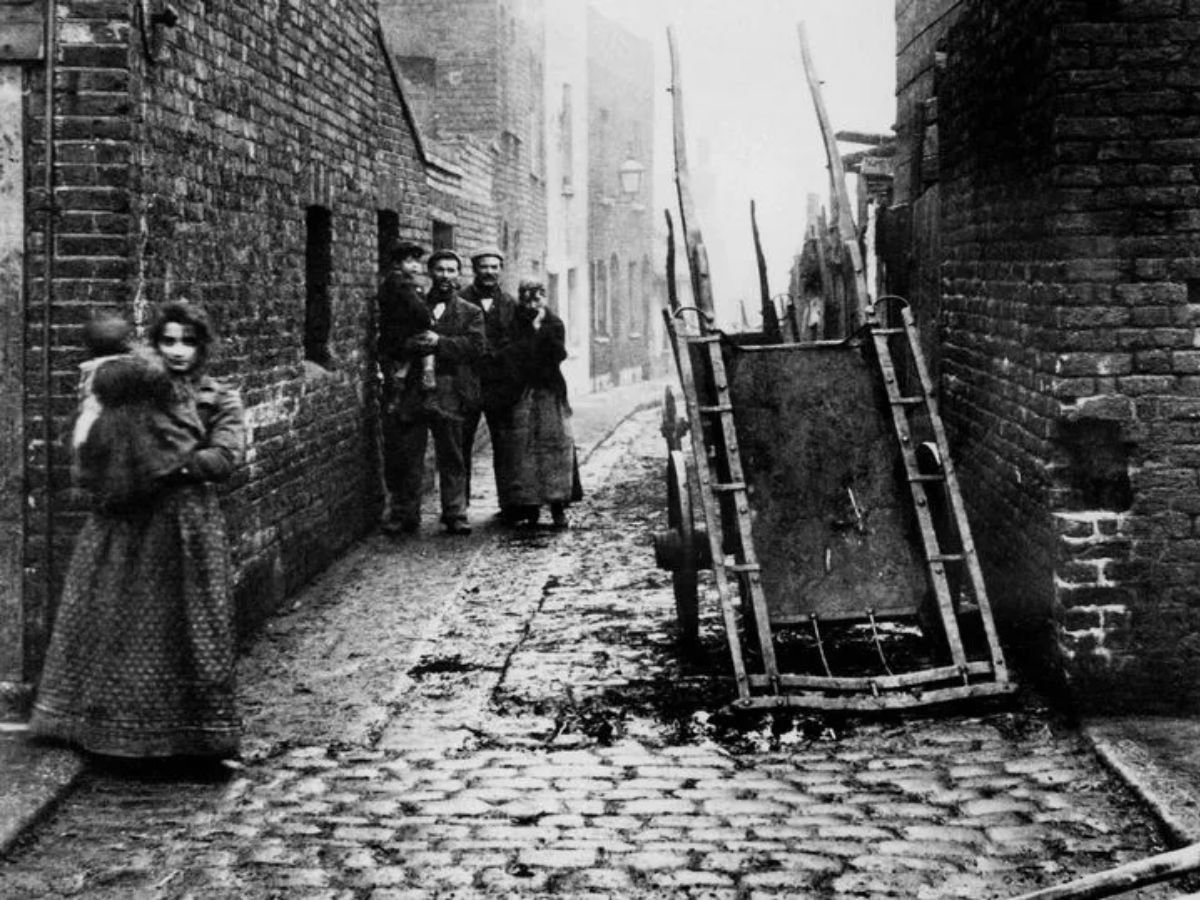
Source - Popperfoto via Getty ImagesGetty Images
Cole’s mother, made a widow by the Great War, married Thomas Mason – the man whose last name Cole would later use as an alias while on the run in France.
Suave and In Charge
Cole was typically described as a tall (approximately six feet in height), attractive man who was always well-dressed. Ever the deceiver, Cole portrayed himself as an upper-class Englishman despite his humble Eastside London roots.

Source - www.iwm.org.uk (Imperial War Museum)
His good looks, seemingly cheerful personality, and suave demeanor allowed him to attract women as he either needed or desired and to play any situation to his advantage.
False Identities Before Adulthood
After leaving school at the age of fourteen, Cole turned to a life of crime as a con artist. He quickly became known to police as an embezzler and scammer, employing several false identities as British military officers as he came to adulthood.
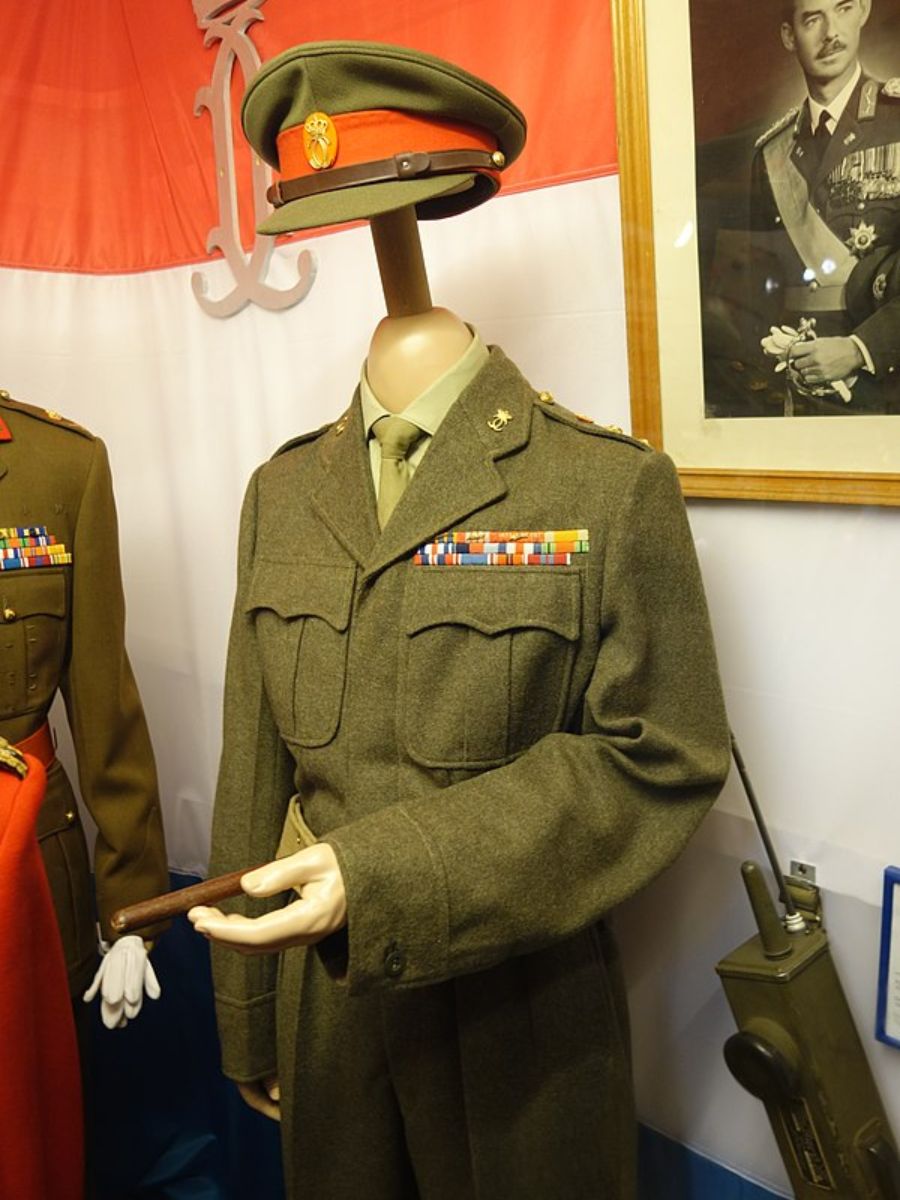
Source - Wikimedia Commons
Even at an early age, Cole’s lack of a moral compass and an innate ability to charm anyone he encountered set him on the traitorous path he would forge in World War II.
Hunt to Survive
After intermittent jail stays in the 1920s and 1930s, he enlisted in the British Army as war broke out. While with the Royal Engineers in France, Cole’s amiable personality and smarts helped his rapid advancement through the ranks, but the situation soon soured.

Source - Picture Post Magazine (UK photojournalistic magazine 1938-1957)
In early 1940, Cole was placed in charge of the non-commissioned officers’ mess fund as sergeant. After it was discovered that he was stealing the money for himself, he was imprisoned but quickly escaped.
German Blitzkrieg on the Move
Cole was recaptured and jailed, but the German Blitzkrieg was on the move. During the panicked evacuation of Dunkirk in Operation Dynamo, Cole was released by his guards.
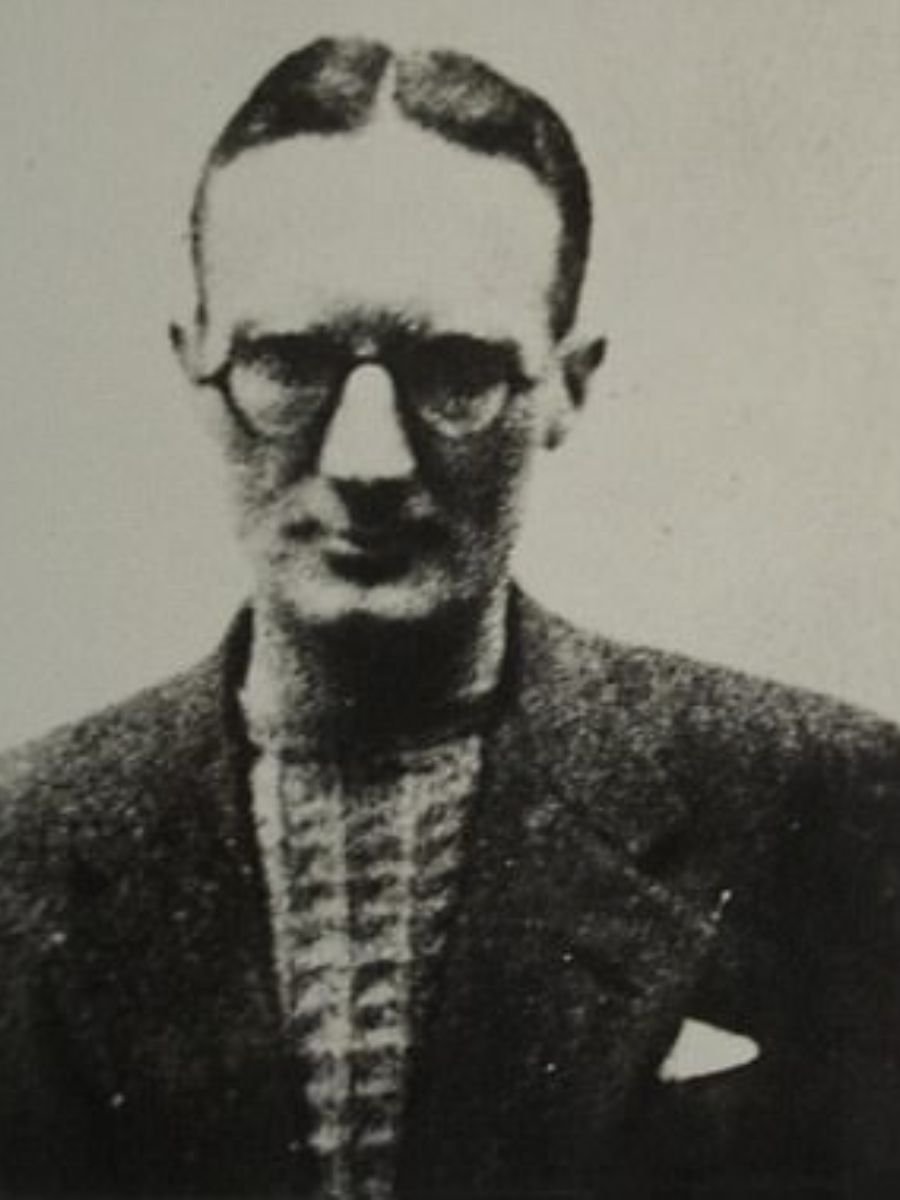
Source - The Traitors_ A True Story of Blood, Betrayal and Deceit by Josh Ireland
Never one to let an opportunity go to waste, Cole began to devise a plan as he remained behind in occupied France. Rather than try and escape himself, he resolved to help others break out of German-occupied France while making some money for himself on the side.
Building Contacts "Intelligently"
After the evacuation of Dunkirk, Cole began to build a network of contacts in the towns of Lille and La Madeleine. By the summer of 1940, he was masquerading as a British intelligence captain named “Delobel.”
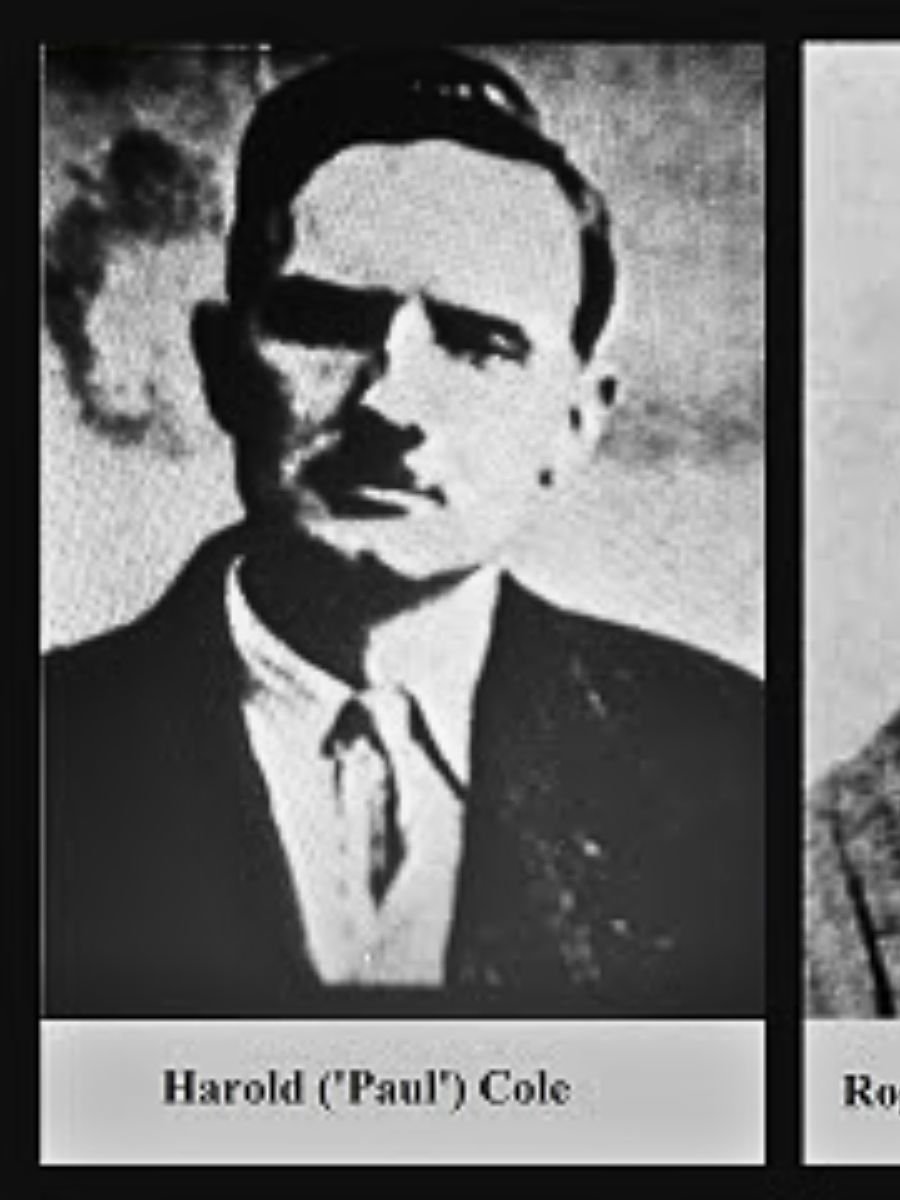
Source - Dr. Patrick Guérisse, Belgium
Using this identity, he convinced French businessman François Duprez to bankroll this new underground organization. This network of safe houses, guides, and transportation would be called the Pat O’Leary line – Pat line for short.
The Pat Escape Line
Cole’s outward goal, which he did achieve, was to help British soldiers escape from France. Cole’s network had the ability to create new identities, provide guides, and finance travel expenses for the British soldiers using the Pat escape line but all these services cost money.

Source - United States Air Force - National Museum of the United States Air Force, Public Domain
When the money would be paid to Cole, he began to keep it for himself rather than distributing it throughout the network. This patriotic risk he seemed to be taking was a scheme to line his own pockets.
Living the Fast and High Life
The money Cole embezzled from the French Resistance went to finance his own “high life” desires. He used the ill-gotten money on women, fast cars, expensive restaurants, champagne, and ritzy nightclubs.
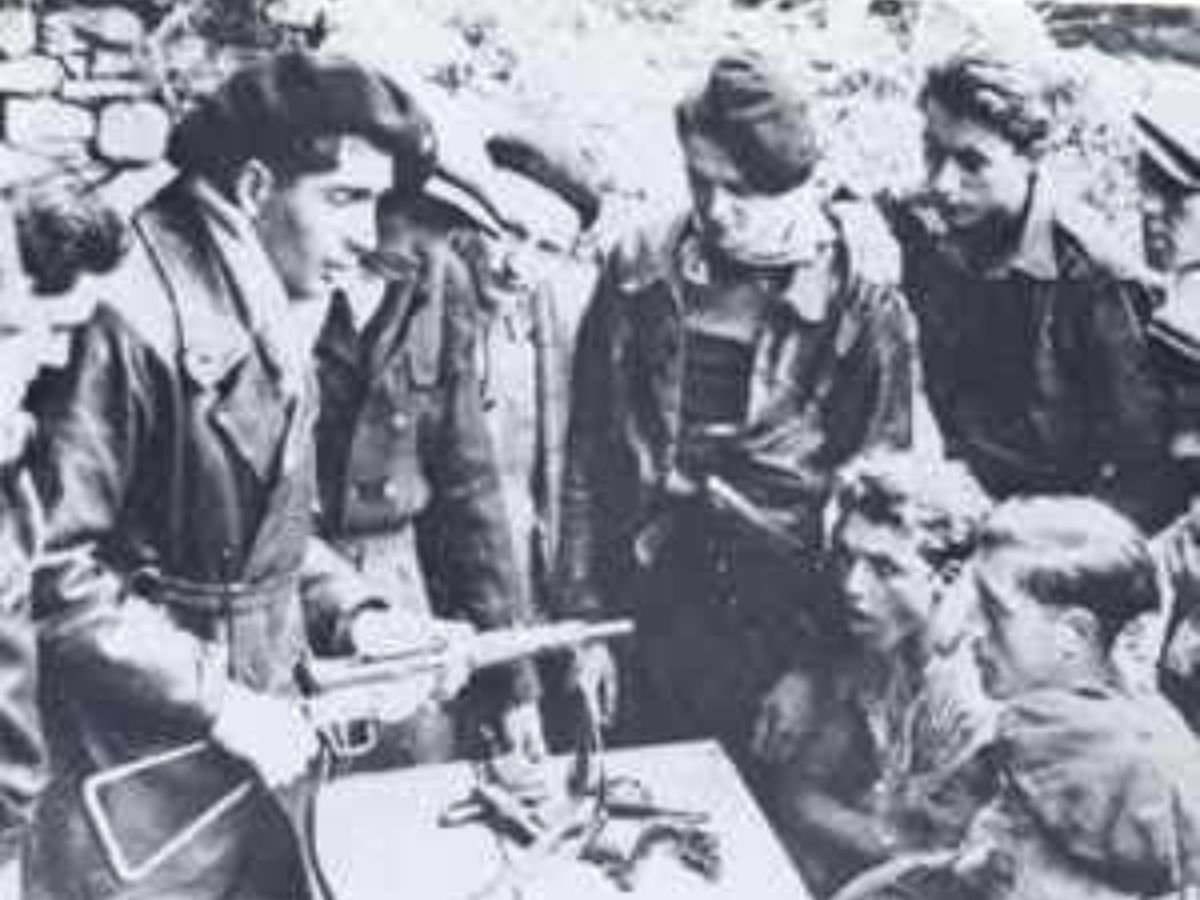
Source - World War II Database
On one hand, Cole was doing significant work in support of the Allies but on the other hand, he was stealing from those making it possible. Cole simply was not able or did not care, to help himself. He would use anyone to get what he wanted.
Becoming Captain Delobel
Unsurprisingly, Cole’s persona of Captain Delobel eventually came to the attention of British MI9 and MI5 – largely due to his successful management of his section of the Pat escape line.
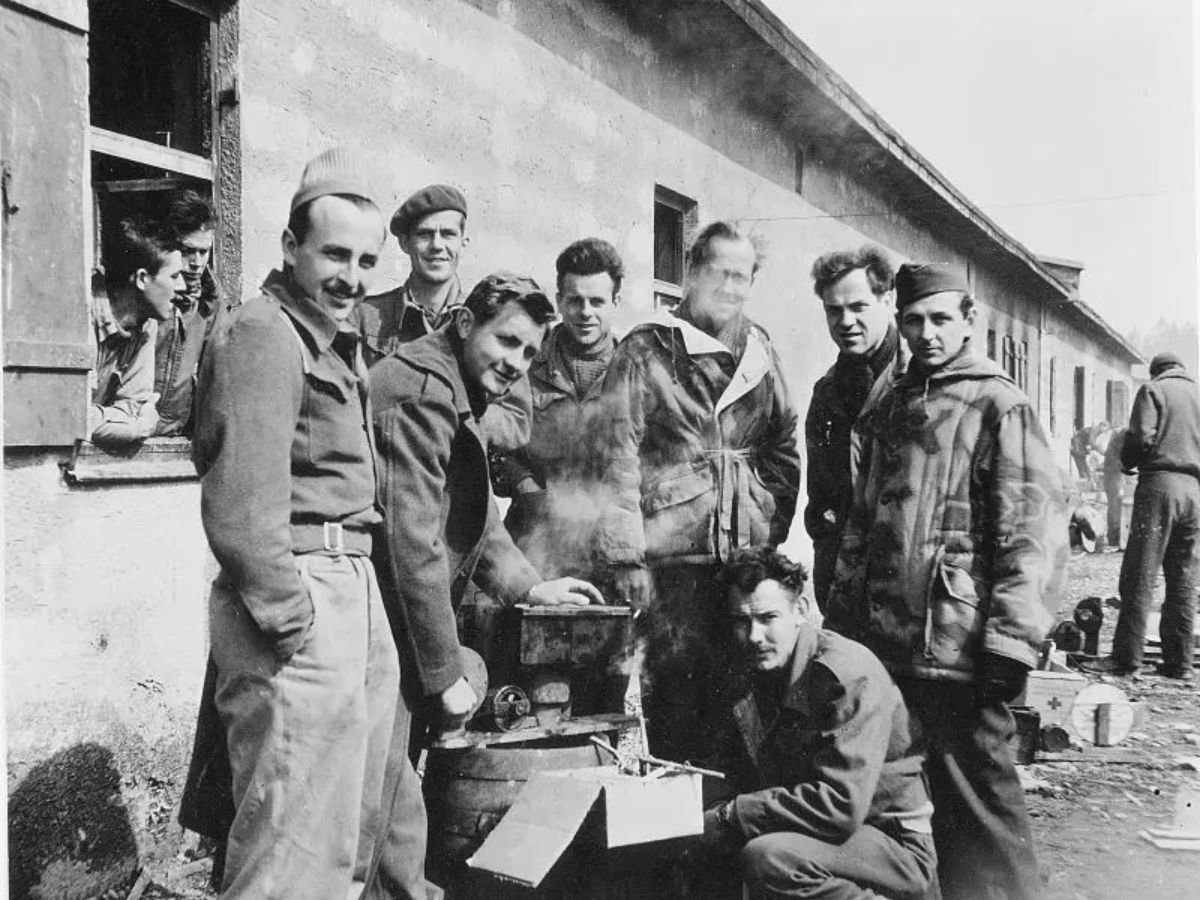
Source - History War Online (British MI9)
After British intelligence investigated Cole’s background, they discovered a rap sheet as long as the River Thames with charges including embezzlement, theft, burglary, and various fraud schemes. Who was this man that they had been working with to aid their stranded servicemen?
Entangled by Charming Cole
Despite his criminal background, Scotland Yard and MI9 decided to allow Cole to operate. They knew who he was, what he had done, and that he was impersonating one of their own, but Cole was efficient and successful in aiding British soldiers escape to England, so they decided to let it slide.
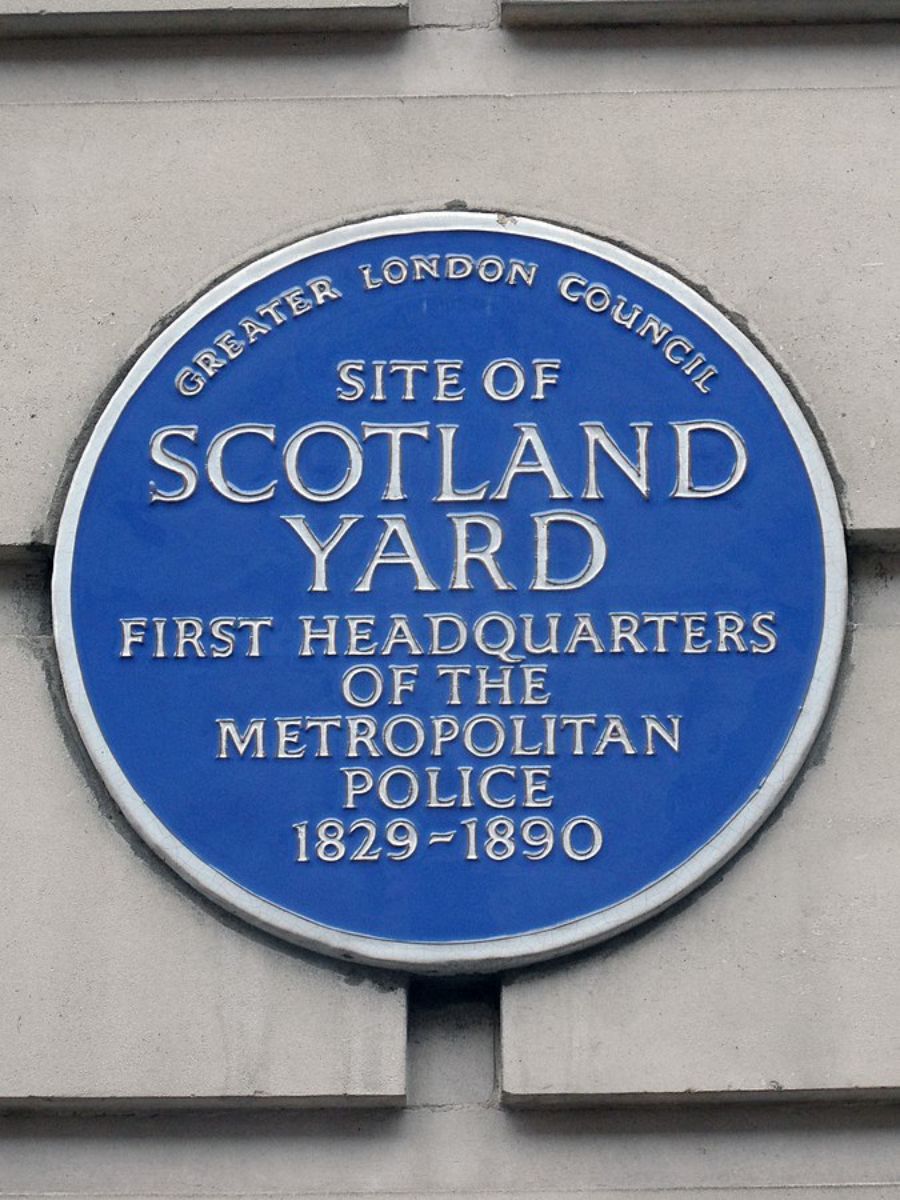
Source - WikiMedia Commons
He had the influence and personality to gather people towards him and his cause, many of whom were women whom he became romantically entangled with.
True Love Has No Bounds
A self-proclaimed addict to women, Cole sought their company whenever he could. He would convince some to hand over their life savings with promises or use them to advance his agenda. In 1941, Cole met and became involved with Suzanne Warenghem, a 19-year-old guide on the Pat line.
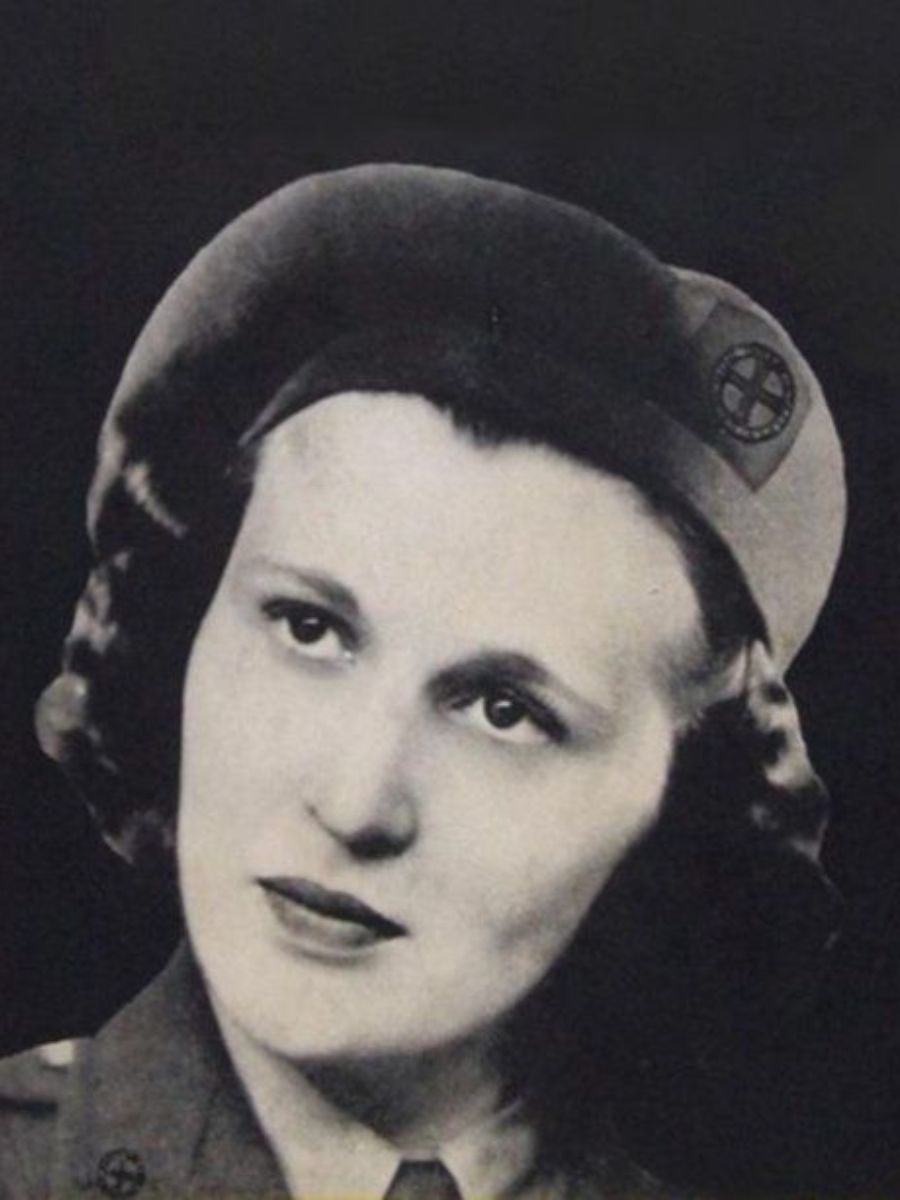
Source - Special Forces Roll of Honour
She quickly became his assistant and lover as she believed him to be a fellow British agent. The pair would later marry in Paris in 1942.
Double-Dealing and Wheeling
Cole’s influence continued to grow but with it so did his notoriety. Despite the success he was enjoying as a leader of the Pat line, trouble was brewing within the network. Cole’s compatriots were becoming aware of his double-dealing and theft.

Source - Albert Guérisse alias Pat O_Leary - E-Commerce Pour Tous, Rakuten
It was becoming increasingly evident that Cole was pocketing the expense money that was meant for his network guides. The Pat line leadership concluded that they must act.
Facing Cole's Corruption
Albert Guérisse, one of the Belgian escape line leaders in France, called for a meeting between himself, Cole, and a handful of other prominent leaders in Marseilles. When Cole was confronted by Guérisse and the other leaders, he was arrested and locked in a bathroom while they decided how to handle his fraudulent double dealings.
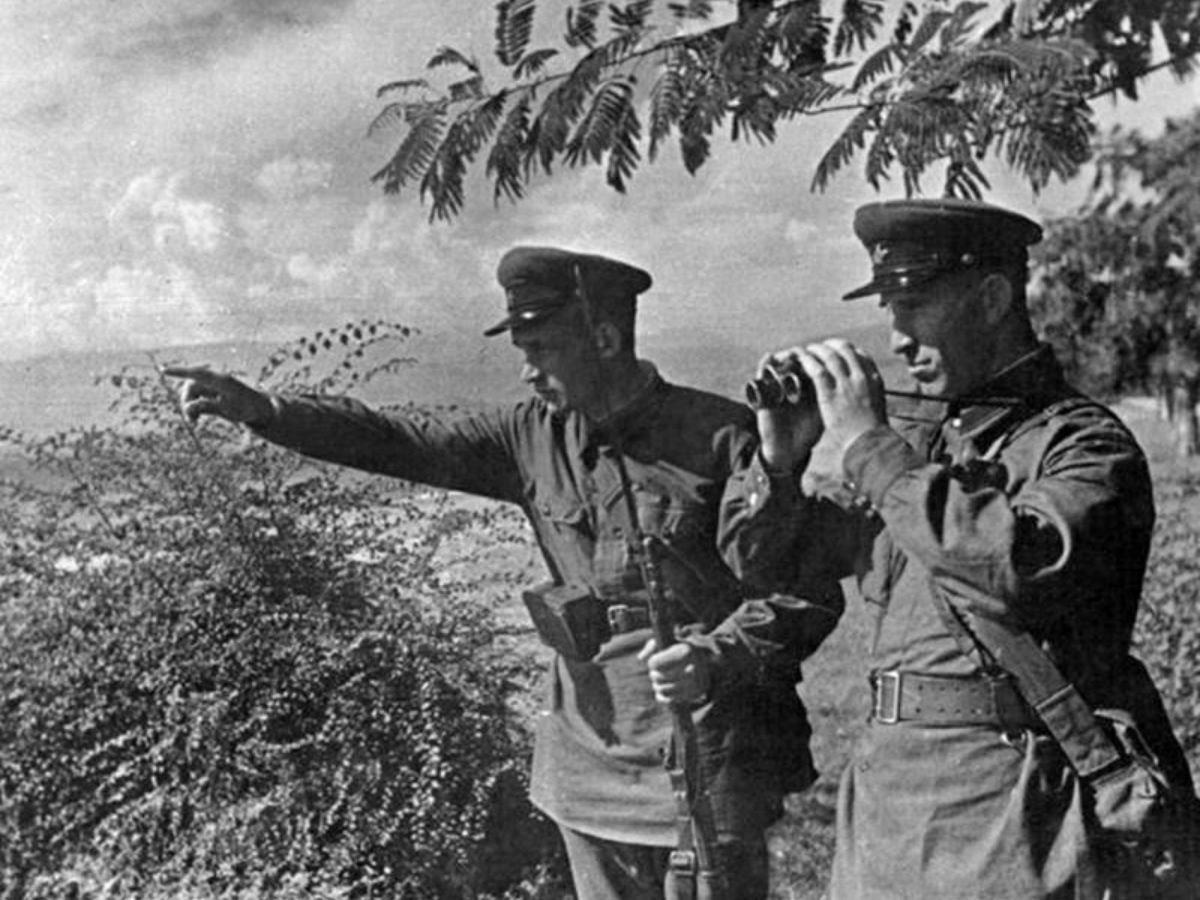
Source - en.topwar.ru (Top War)
Some wanted to execute him immediately as they were afraid that Cole may betray them and others to the enemy. While they debated, Cole escaped.
Close to the Chest
Cole was arrested in December of 1941 by German intelligence while hiding near Lille. When interrogated for information on the Pat escape lines, he provided them with a 30-page document outlining his associates and their operations.
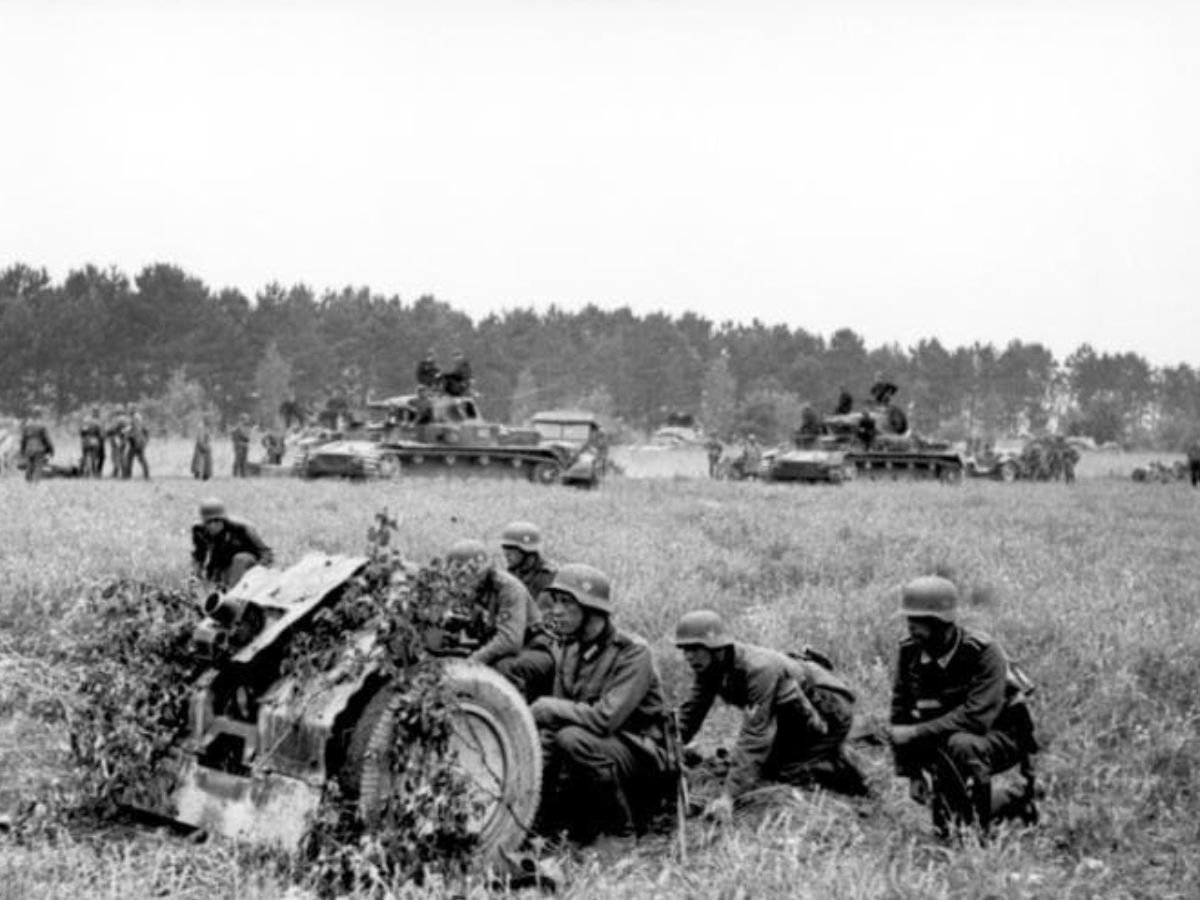
Lille, France; German Soldiers; Source: Magazine Cultural Independence (LBV)
Cole named names and arrests followed immediately. Those arrested were either executed or sent to concentration camps. Cole had gone as far as to accompany the Germans on some arrests and interrogations but despite this callousness, he did not divulge all he knew.
Betrayal and Hiding
After betraying the escape network, Cole broke away from German incarceration and hid in Paris and later Lyon. Survivors of the escape network and German intelligence were both looking for this fugitive, which led to his arrest by Vichy police in June 1942.
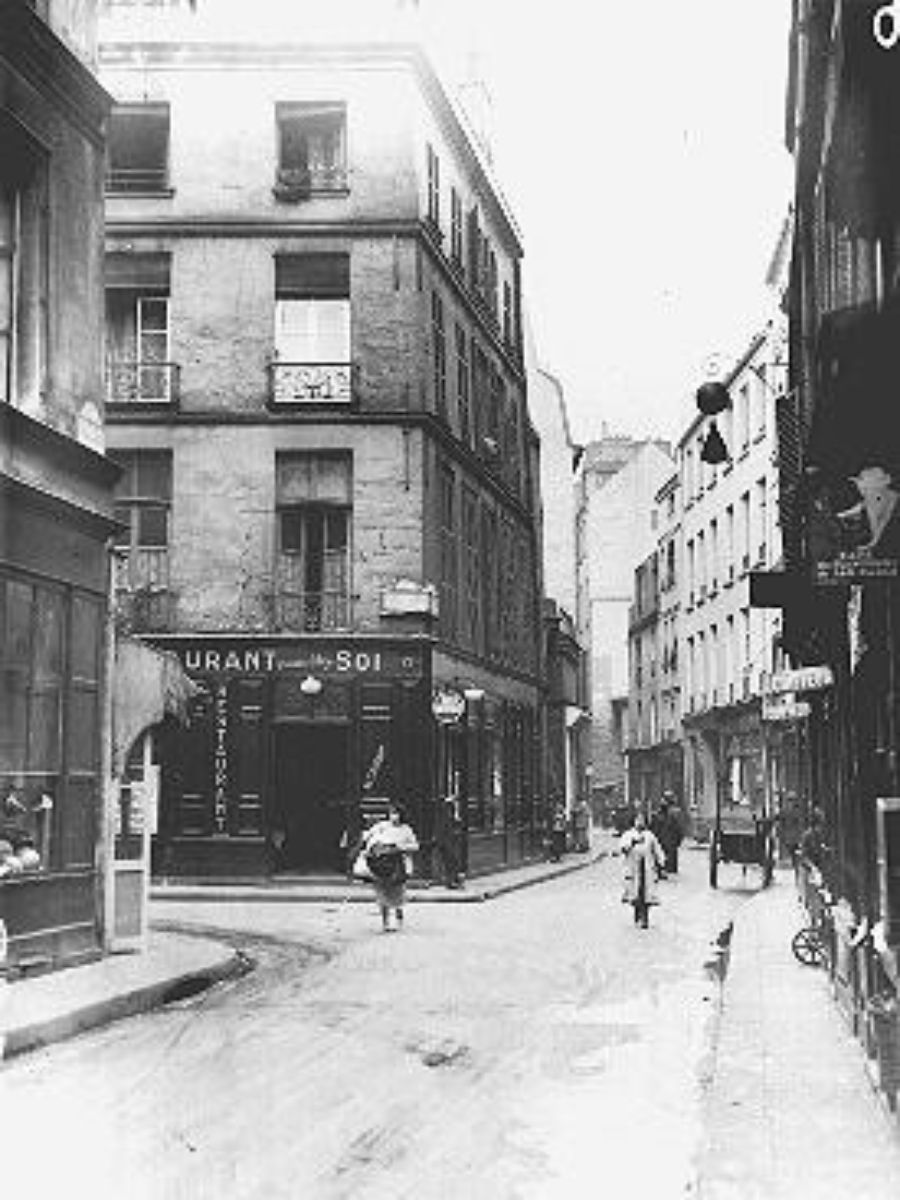
Paris, France (1942) Source: National Archives and Records Administration, College Park, MD
Germany controlled Vichy France, but its government was still allowed to operate independently in a limited scope. This enabled Vichy France to prosecute both German and Allied operatives and because of his traitorous actions, Harold Cole qualified as both.
With Love from Marseilles
With Cole during his arrest was Suzanne Warenghem, now his wife and pregnant with his child. She was initially a part of the espionage proceedings but was judged innocent of the charges. It was only during this trial that she finally realized that her husband was a traitor to both Britain and France.
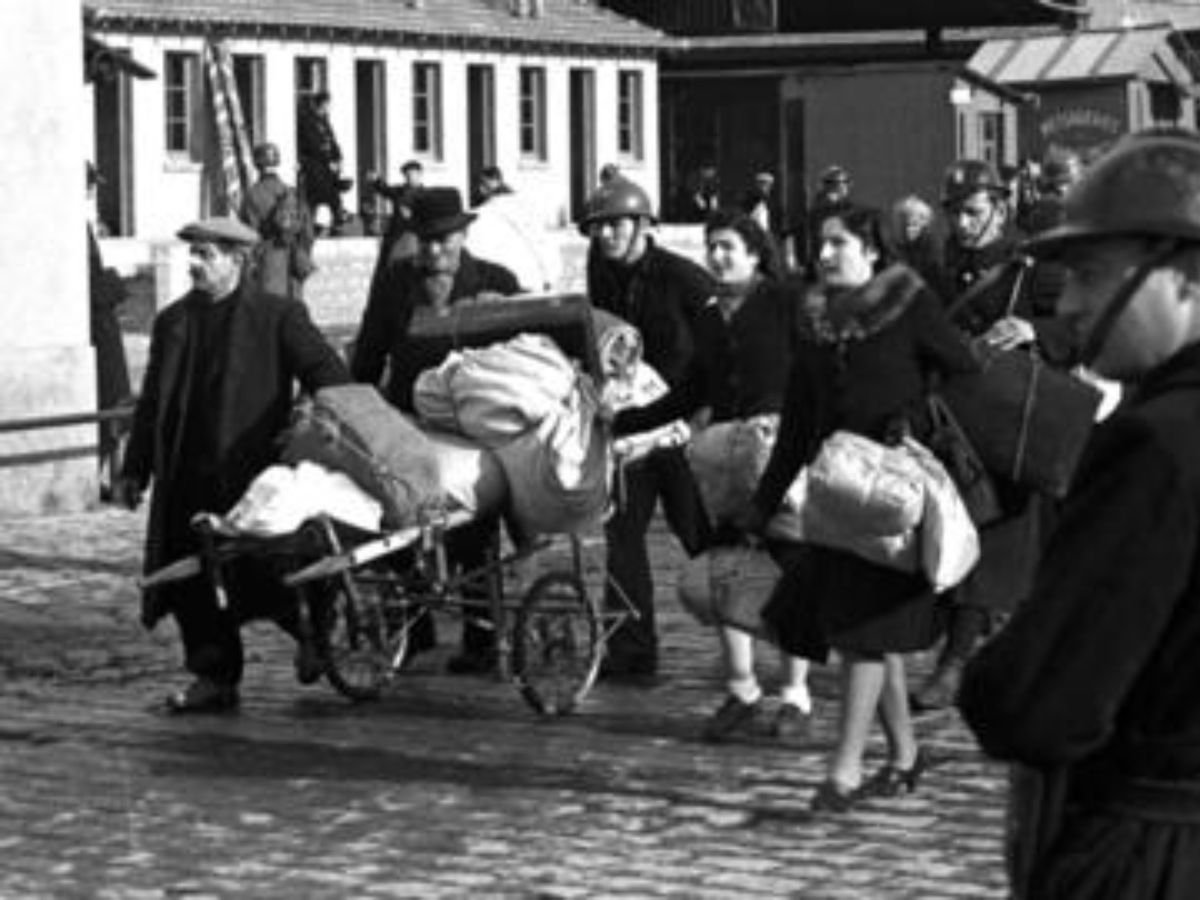
Marseilles, France, 1940s Source: REPORTERS / FRANCE 24
Helped by her own Pat line, she left and made her way to Marseilles. Warenghem later gave birth to their child in October 1942.
To Die or Not to Die
Cole, still on trial after his wife’s release, was convicted on espionage charges and initially sentenced to death. His sentence was later changed to life in prison, and he remained incarcerated until the end of 1943.

Source: Holocaust Encyclopedia - United States Holocaust Memorial Museum
Cole was released from jail by the Germans that winter and he began to work for the Sicherheitsdienst (the SD), the SS intelligence agency in France.
Turning Against Germany
Cole’s work and time with the SD is largely undocumented but it is known that it was during this time that he helped the Germans track down, arrest, interrogate, and torture his former escape network members.
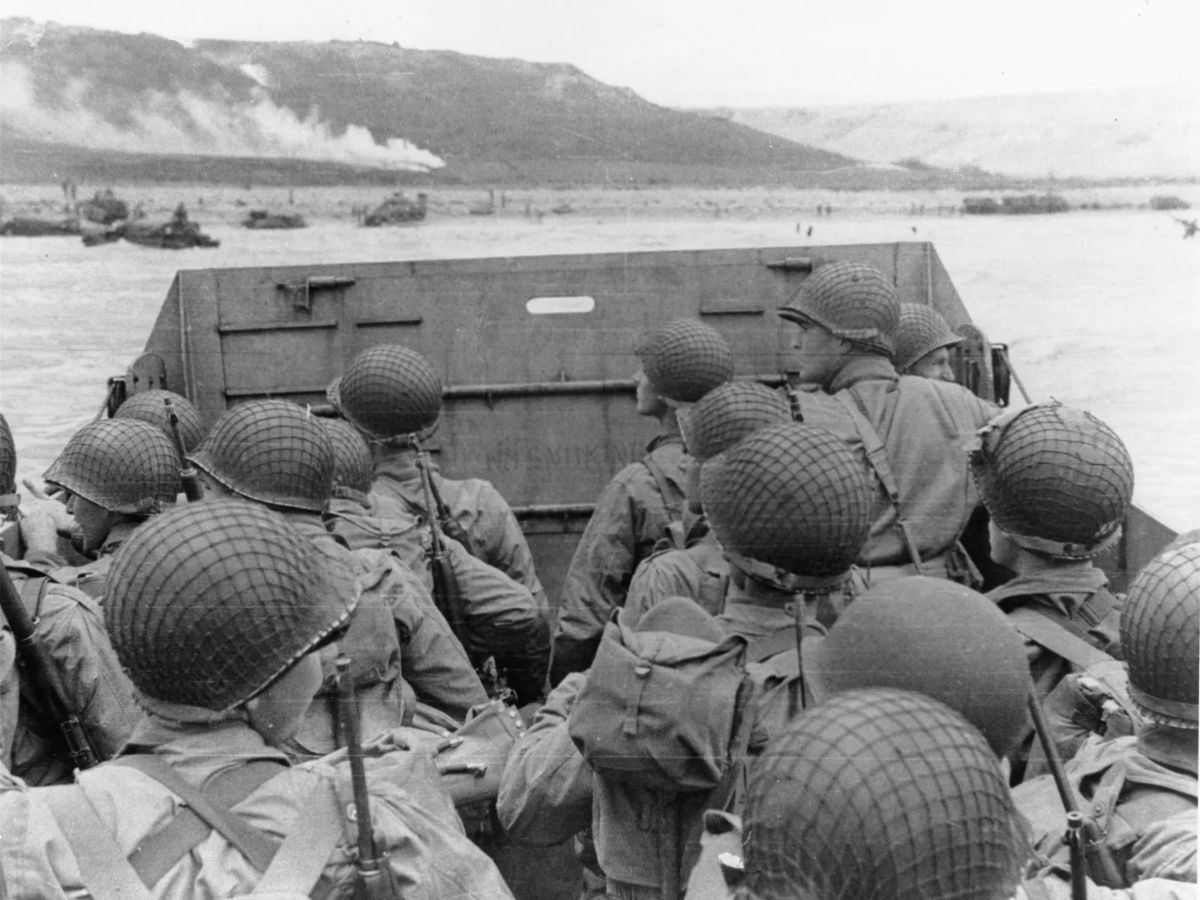
Source: Encyclopædia Britannica
The war in Europe began to turn against Germany while Cole was working with the SD and, with the Allied invasion of France in 1944, Cole and his handler Hans Kieffer fled the French capital for Germany.
Racing Eastward
Dressed in the full black uniform of the Gestapo and driving a red sports car, Cole and Kieffer raced eastward as British and American forces began to close in. Amazingly, Cole’s departure did not go unnoticed by British intelligence.

Source: Anna Frank House
Airey Neave, of Britain’s MI9, entered Paris after the liberation on August 25th to set up an intelligence office. His first order of business was to find Harold Cole – he was informed that he had missed Cole by one week.
Burning Deception
Cole and Kieffer continued to make their way toward Germany as the Allied armies advanced. When they reached the Black Forest in April 1945, they burned anything that would have identified them as German operatives.
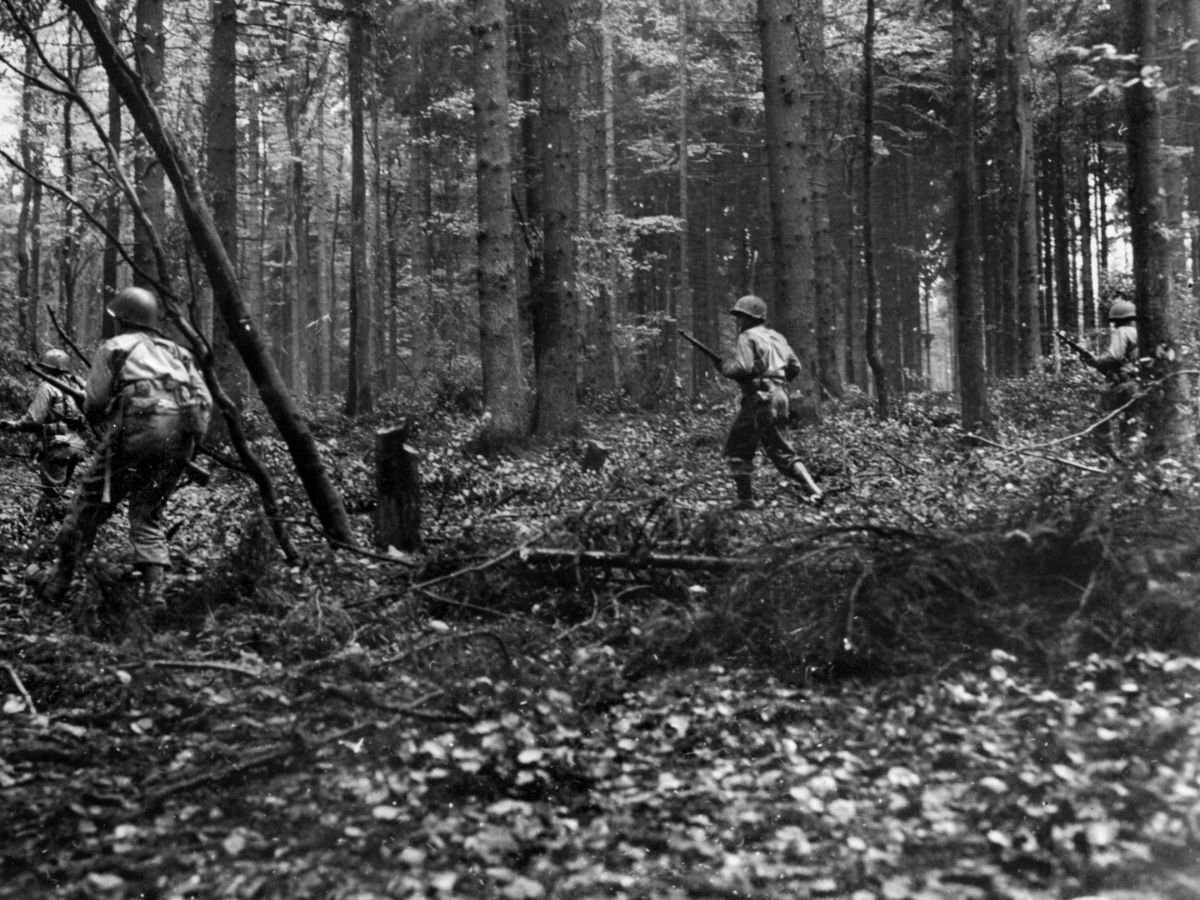
Source: Warfare History Network
After doing this, Cole donned the name “Captain Robert Mason.” As Captain Mason, Cole once again masqueraded as a British intelligence agent who had been captured by Kieffer and the SD. Soon after, Cole and Kieffer surrendered to the US Army at Wald, Germany.
Persuasion as an Art Form
After their surrender to the 117th Cavalry Reconnaissance, Kieffer was released after he was questioned. It is said that Cole, using his ability to persuade people to see things his way, claimed that Kieffer had been extremely helpful to him and secured the German operative’s safe conduct.
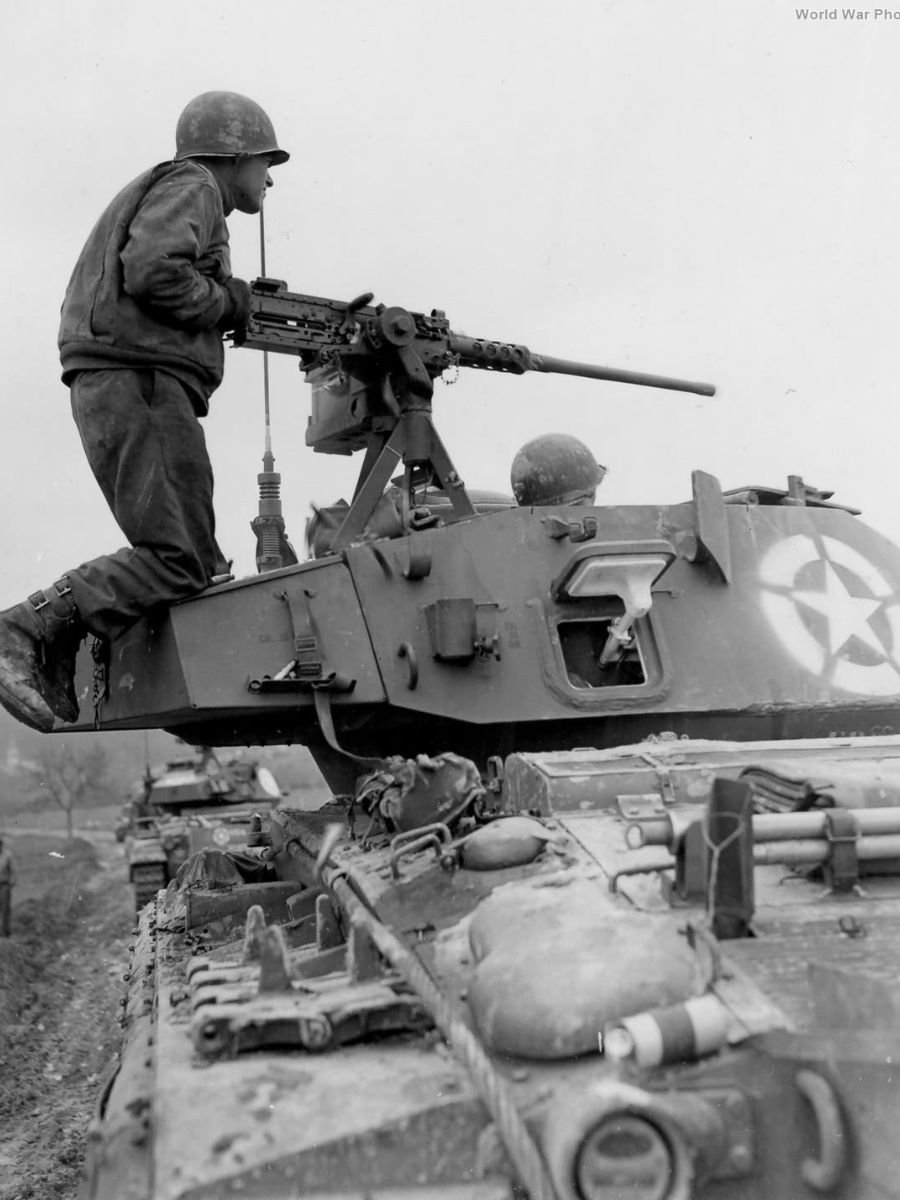
117th Cavalry Recon Squadron; Source: World War Photos
Safe conduct, exceptionally rare, allowed Kieffer’s release under the idea that he would surrender – this, of course, did not happen as he was later captured in 1947 by British soldiers after hiding in Garmisch, Germany.
Another Day, Another Identity
In an interesting twist, Cole was given the uniform of a US lieutenant as well as a job with Allied intelligence after he offered his services as an operative. Shockingly, the US Army agreed to it. Cole then proceeded to desert the US Army and fled into occupied Germany.
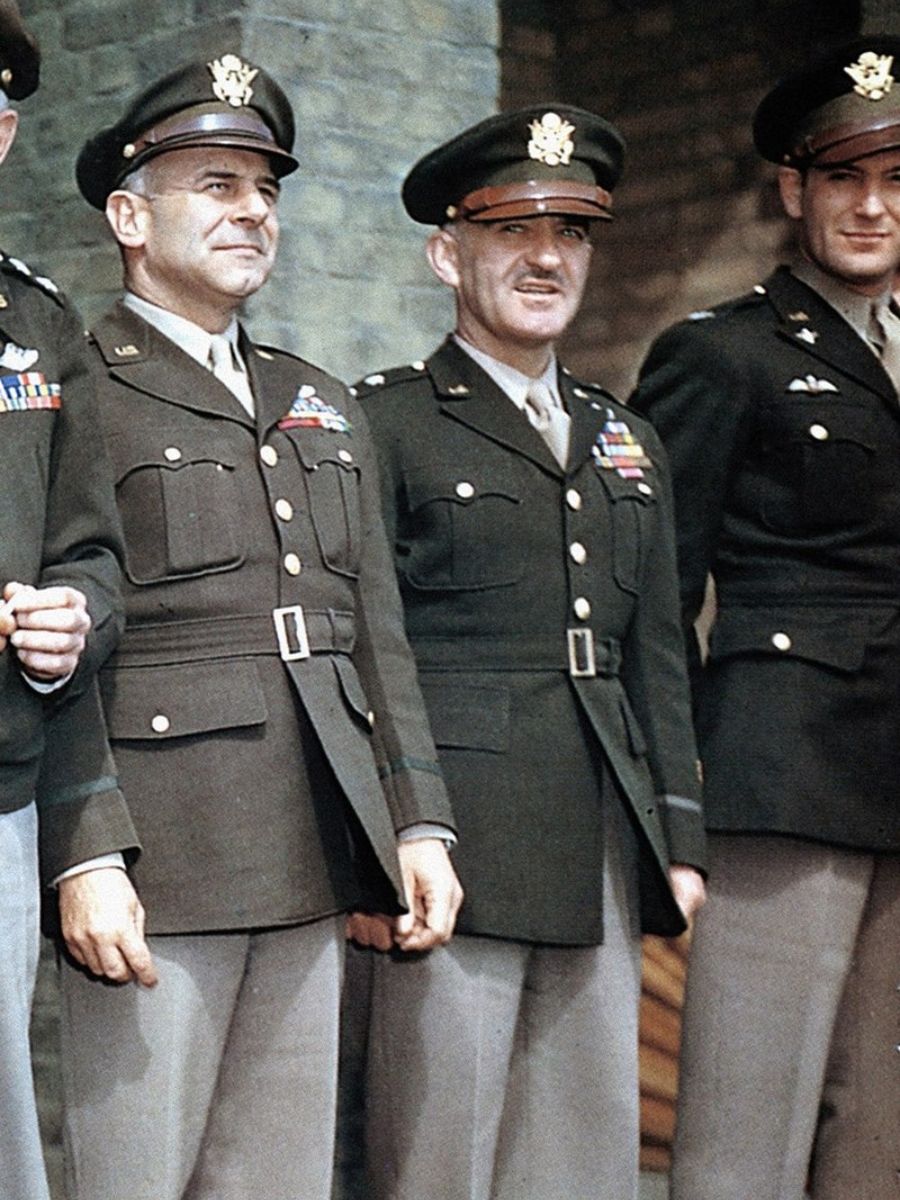
United States Army uniforms in World War II Source: Public Domain
During his flight, he continued to wear his American uniform, still using the name Robert Mason. His bravado as an “intelligence agent” while on the run earned him a new job – arresting Nazi agents.
What Goes Around, Comes Around
Cole, operating with a cadre of brutes under his command, arrested Nazi operatives all while looting as much as he could in the Bad Saulgau area of Germany. During this time as an “experienced intelligence agent,” it is said that Cole conducted the brutal, unauthorized execution of at least one former SS officer.
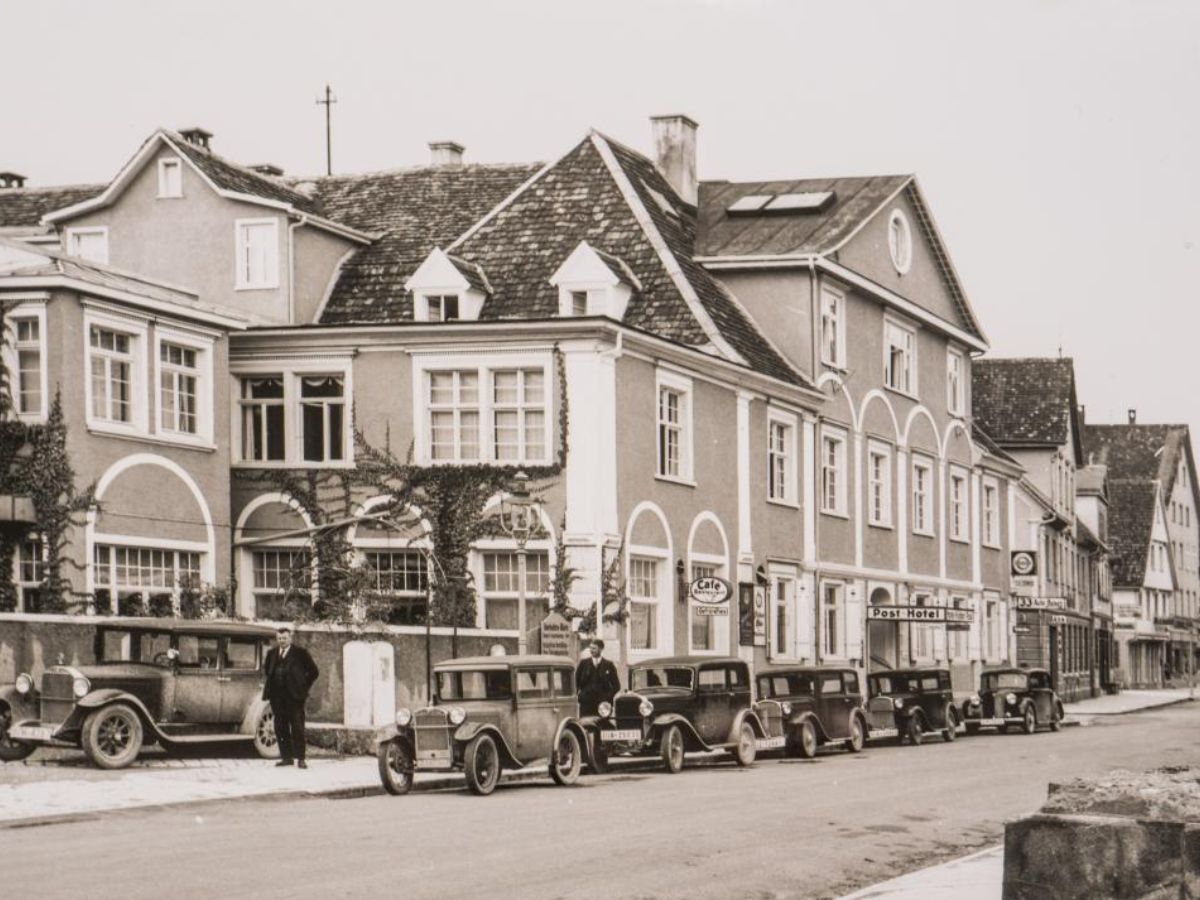
Bad Saulgau, Germany Source: kleberpost.de
For all his careful escapes and assumed identities, Cole’s actions were garnering unwanted attention – British intelligence was on to him.
From Lovers to Mistresses
Throughout his years as an escape line operative, as mentioned before, Harold Cole’s craving for women had led to having had multiple lovers and mistresses across France. British intelligence had their eye on two of Cole’s ex-mistresses who were living in Paris.
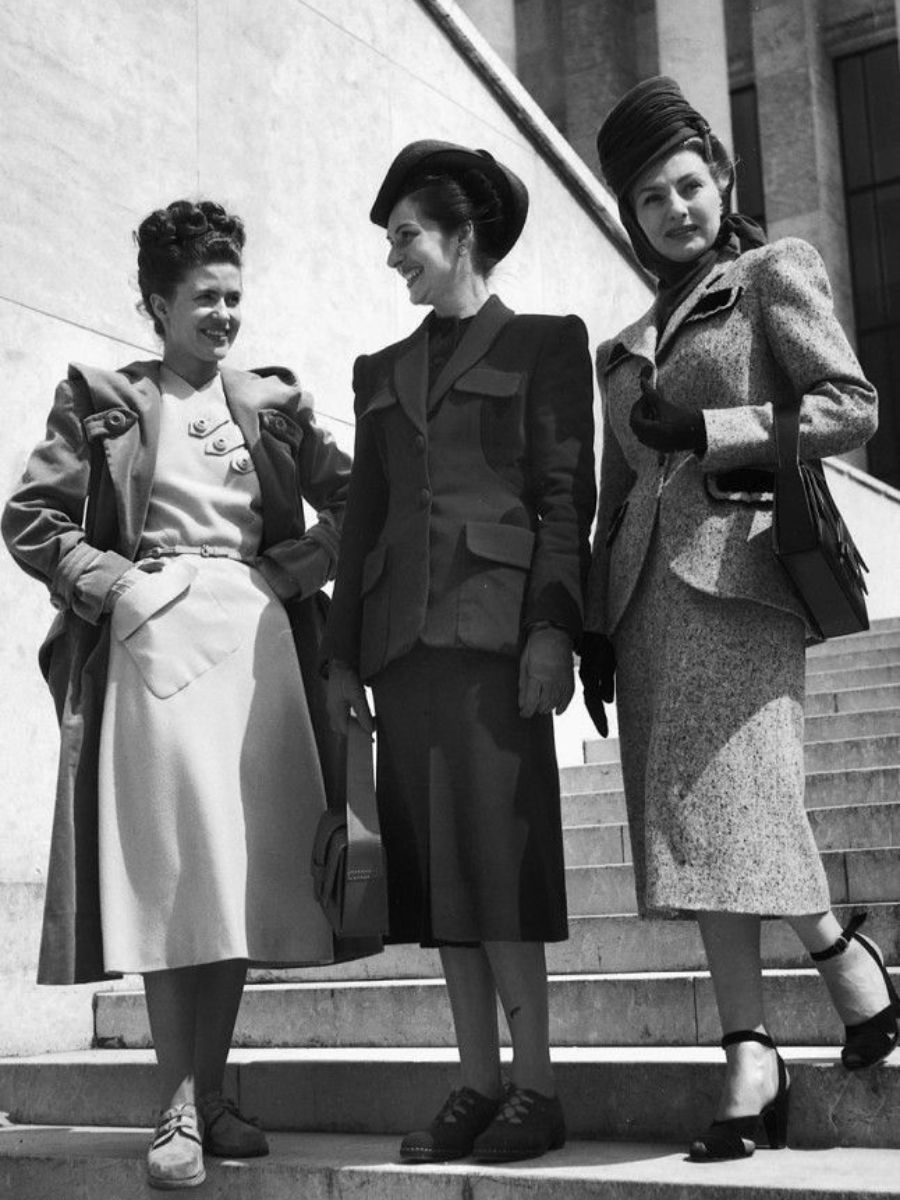
Source: rarehistoricalphotos.com
At one point, he sent one of them a postcard which was eventually shown to an MI9 operative. This led directly to Cole’s arrest in June of 1945 by Peter Hope of MI5.
Master of Disguise
During Cole’s arrest by Hope, a gunfight ensued which resulted in Hope taking a bullet to the leg. Cole was imprisoned and interrogated after his arrest, but his stay was short-lived.

Source: Public Domain
In a shocking turn, Cole managed to procure an American sergeant’s coat and proceeded to walk right out of the prison in disguise. Unsurprisingly, a widespread manhunt ensued to recapture the multiple-time traitor.
Billy’s Bar Nightclub
At this time in Europe, with the war having ended with Germany’s surrender, refugees were everywhere. It would have been easy to have simply faded into the background, never to be seen again, but Harold Cole’s arrogance finally got the better of him.
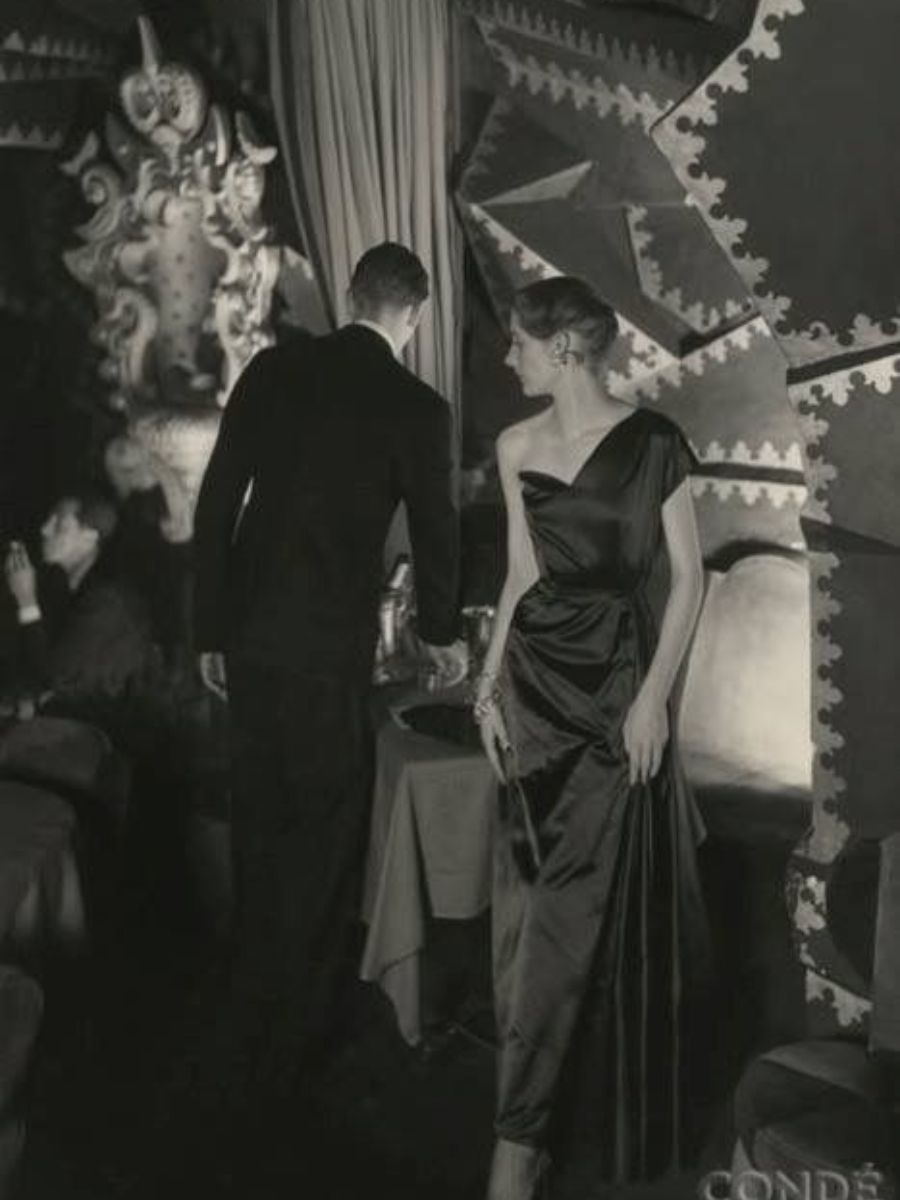
Source: Pinterest
Instead of disappearing into the masses wandering around Europe, Cole went back to a place he knew – a Paris nightclub called “Billy’s Bar.”
The Standdown
Responding to a tip that a man matching his description was there, French police raided Billy’s Bar on January 8th, 1946. Upon arriving, police proceeded to the fourth floor where Cole was waiting for them.
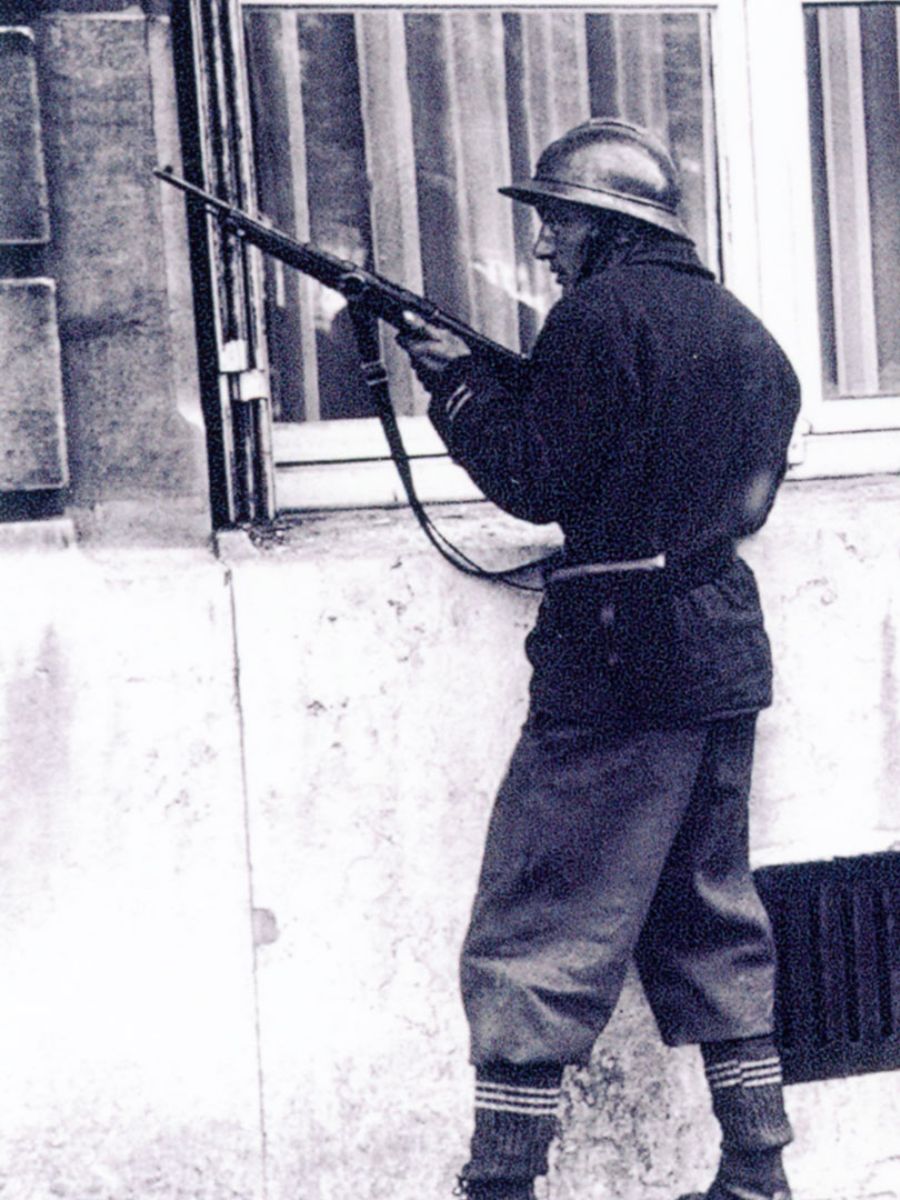
Source: American Rifleman (NRA)
Another gunfight ensued, this one ending with Cole being killed in a hail of bullets. Harold Cole, the double-dealing traitor of World War II, was dead at the age of thirty-nine.
Worst Traitor Infamy
How do we view Cole’s legacy? Airey Neave of the MI9 is known to have famously quoted that Cole “was among the most selfish and callous traitors who ever served the enemy in time of war.” Others have called him the “worst traitor of the war.”
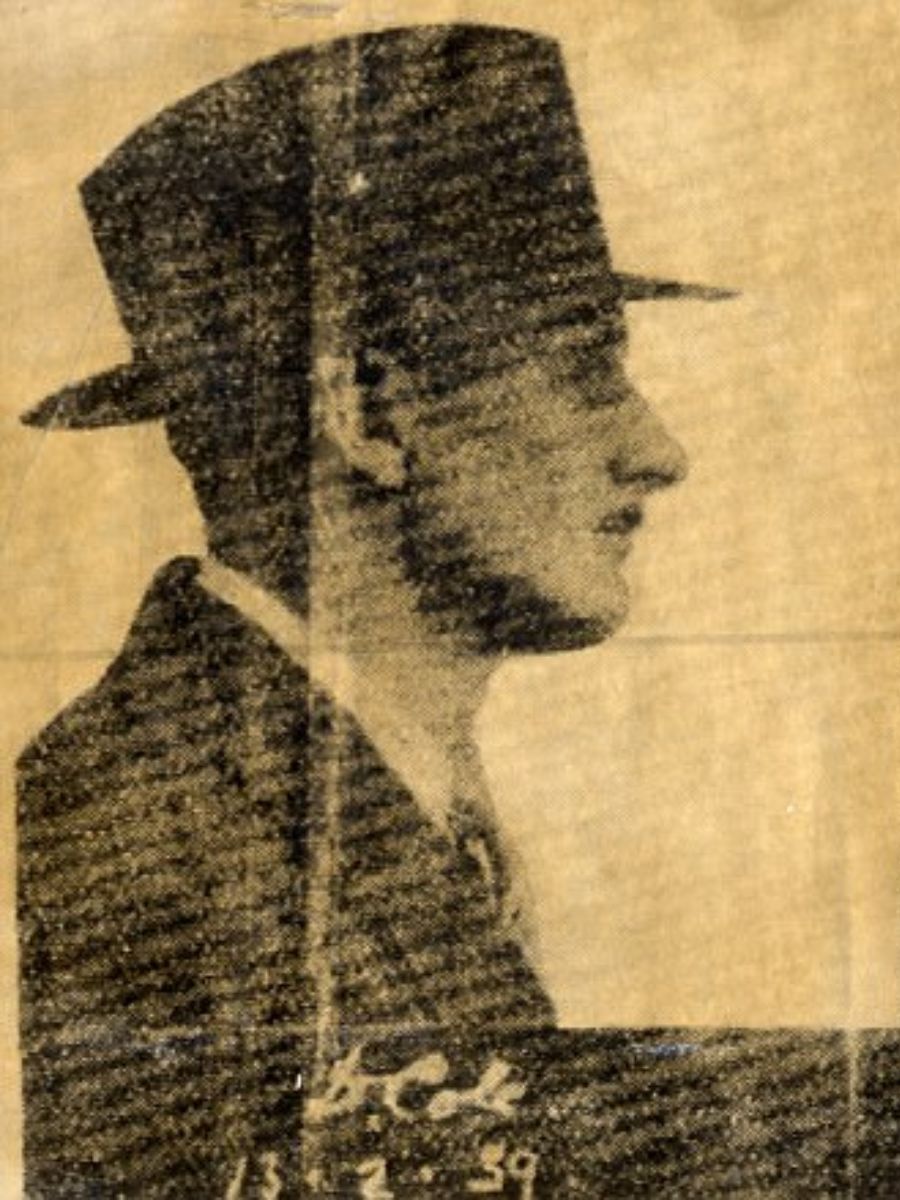
Harold Cole; Source: Public Domain
Despite all that happened, there are historians who believe he may have been a member of Britain’s MI6, the British Secret Intelligence Service. This is unconfirmed and may never be corroborated.
The Ultimate Escape Leader
Some of the British soldiers that Cole helped to escape later defended him saying that without Harold Cole, they would not have made it back to England. Prior to his German defection, it is true that Cole was exceptionally good as an escape line leader.
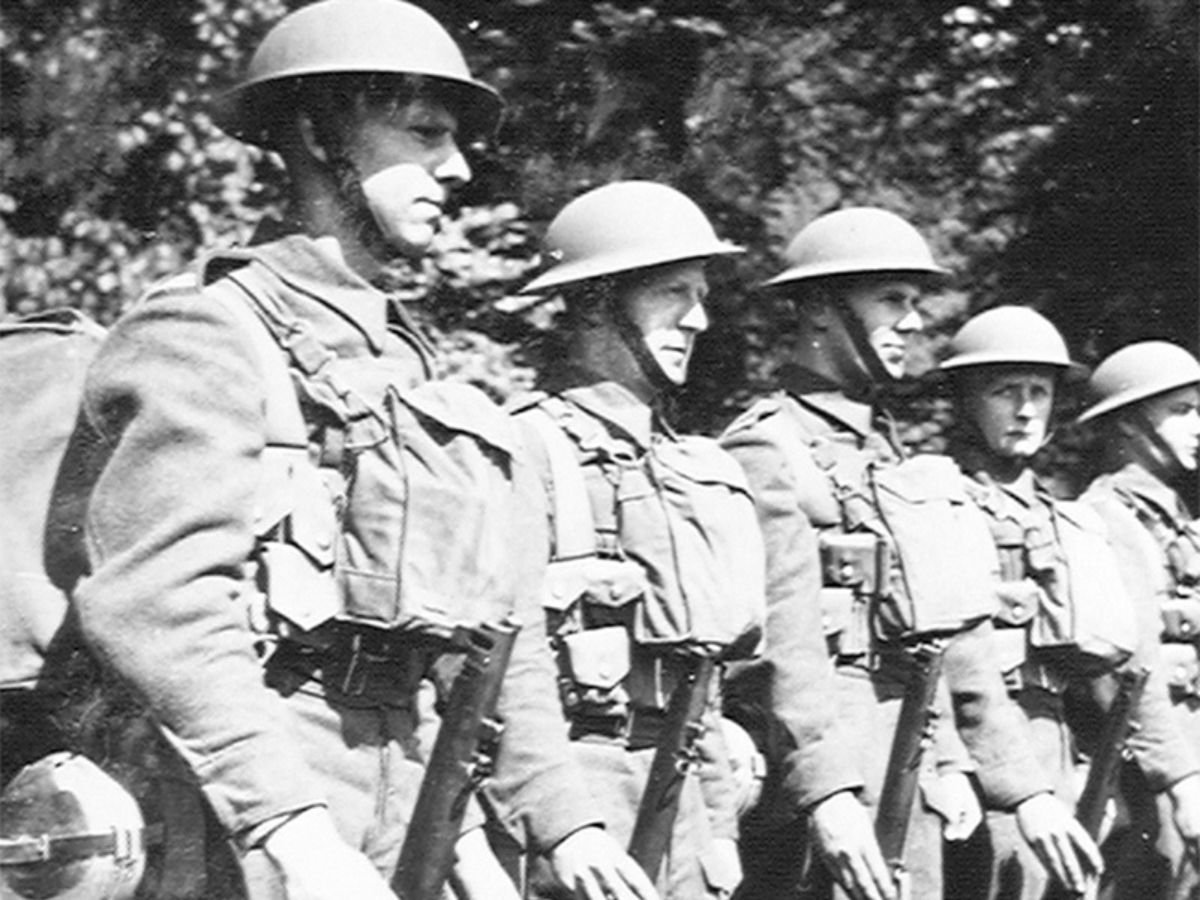
Source: National Army Museum
From this perspective, he saved many soldiers from falling into the hands of the Nazis, but it also led directly to his embezzlement of funds and his arrest by Pat line leaders.
To Be or Not to Be a Monster
Another facet we must consider is the fallout from Cole’s defection to the Germans. It is believed that during his interrogation by Gestapo agents in 1941, Cole betrayed 150 escape-line guides and members of the French Resistance.

Harold as his alias 'Paul' Source: Public Domain
Of those 150, 65 were arrested and approximately 50 were either executed or died in German concentration camps. A French priest whom he had betrayed described Cole as a “monster of cowardice and weakness.”
Mysterious Contemplations of a Con
For all the operatives he did betray, Cole did not hand over everyone with whom he was involved. Jeannine Voglimacci, a hair stylist whose upstairs apartment served as a meeting place for the Pat line, was spared from Cole’s betrayal.
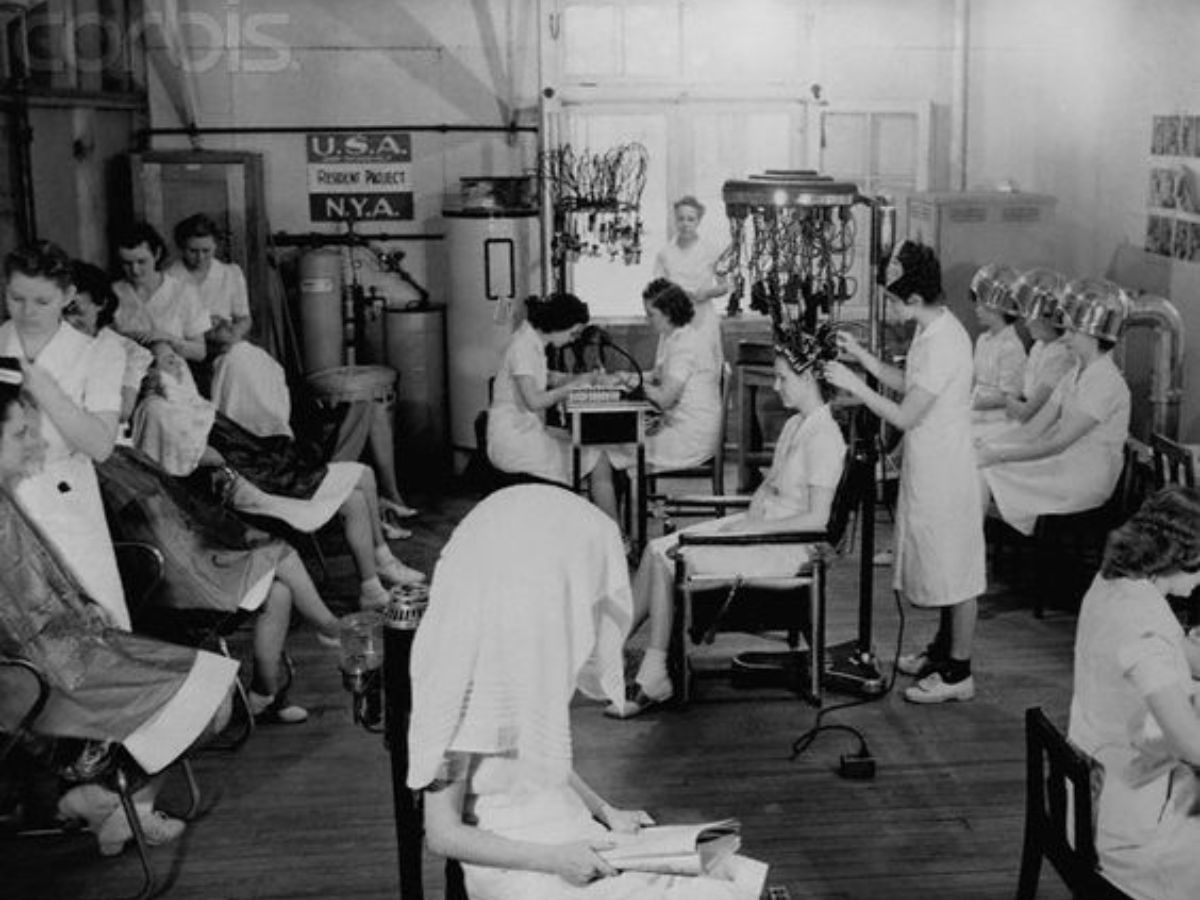
Source: Pinterest
It is not known why he decided to exclude her in his information dump to German intelligence but what is known is that Cole later sent Voglimacci a letter stating he would turn her over if she continued her work for the Pat line.
Not All Crimes are Forgiven
Neither did Cole give over his wife Suzanne to German intelligence. After her release and journey to Marseilles in 1942, she gave birth to a son who died the following January. Suzanne continued her work and was arrested again in March 1943 for helping a British agent escape from prison.

Source: PlymouthLive
She was imprisoned herself but escaped that fall. During her final escape to England, she was fired upon by German shore guns but safely reached Plymouth in April 1944. She never saw Cole again.
Albert Guérisse, We Meet Again
Among the many individuals whom Cole had betrayed, one man managed to survive and crossed paths with Cole once more. In an ironic twist of fate, Cole’s body was identified by Albert Guérisse, one of Cole’s fellow Pat line leaders.
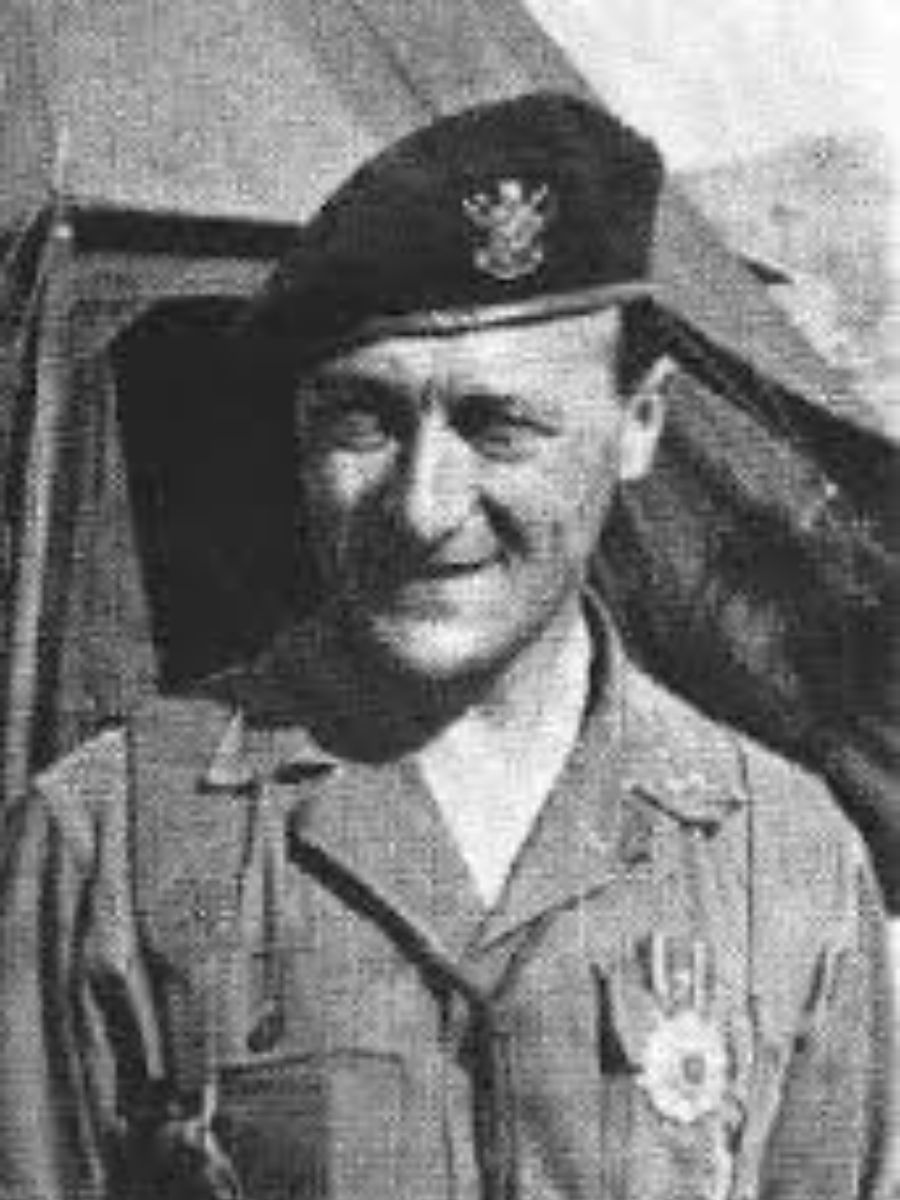
Albert Guérisse; Source: Wikimedia Commons
Guérisse had suffered arrest, and torture, and was held in several concentration camps including Mauthausen and Dachau. Having been sentenced to death at Dachau, Guérisse narrowly escaped his fate when the SS guards surrendered and Allied forces liberated the camp.
The Name's Cole, Harold Cole
The moniker “worst traitor of World War II” has not been handed to Harold Cole lightly. Cole first betrayed England, then his network of operatives and the French Resistance, followed by German intelligence, and finally the United States Army.
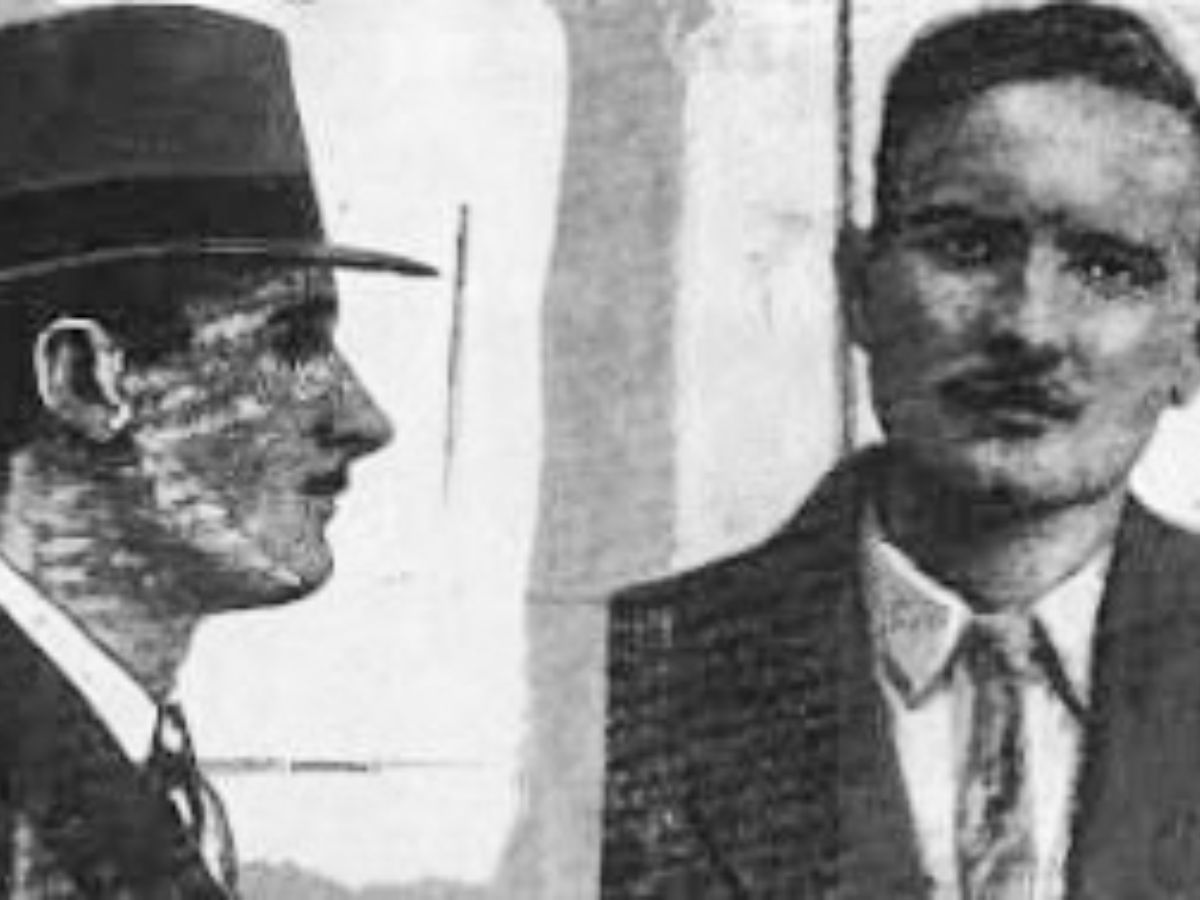
Source: Public Domain
Cole was a man who played not just both sides but all sides to his advantage. His actions during World War II have rightly earned him a place in the pantheon of history’s most hated turncoats.
